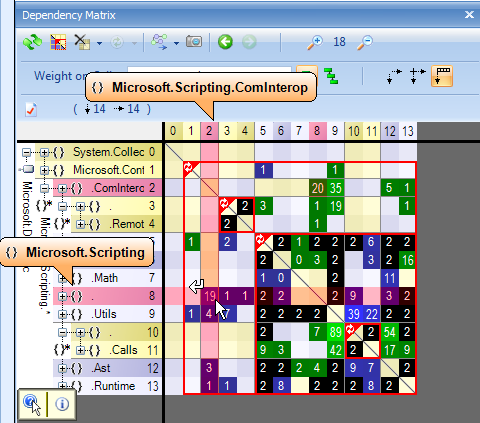
It’s a necessity for people to understand how to operate a good program. However, there are often times when someone might get stuck at a certain point. A person may not know how a form works or how certain menu options function. Context-sensitive software can help people learn how to use software with ease so they won’t be trapped for so long thinking about these issues.
Context-sensitive help works with a prompt that can be selected depending on the point someone is at within a program, and even when certain problems have to be resolved. This makes it so people don’t have to read entire manuals just to find solutions. They’ll get the answers they need right away.
(Related: How to increase software developer productivity)
This works as a means of making it easier for people to learn how to use programs. The process used by the program works with a few special rules in mind. These points must be used carefully to ensure that information will be as easy to process and used within a program as possible:
1. Scripting software is used throughout the process. Scripting software helps by reviewing information on where the user is at in a program and how that person is using it. It can particularly identify individual tool tips used to create proper explanations on how to use certain programs.
The scripting can help with generating the information that people need in order to learn how to use a program. However, the contextual information must also be used to link the correct pieces of data with one another while trying to use the program.
Contextual information is added to a manual that can be accessed throughout a context-sensitive program. This can be created with a series of ID numbers and other codes that link to specific parts of the program. This allows the program to research data on certain situations within a program as required.
2. New code is added to different programs. The new code that may be added to a program include those that trigger specific help terms in that program. This code will be linked to different situations based on the context that was read in the program. If used properly, it should be easier for a program to identify the particular help terms that have to be used. If made properly, it should not be too hard for people to learn more about what’s on a program.
3. Information is displayed in a convenient graphic interface. The graphic interface that may be used in the program will display information on what’s needed as quickly as possible. The interface can be programmed to include things like a pop-up window that appears next to the spot that help is needed in. It can also entail the manual being opened with the guide going directly to a part based on the code that is being read.
This feature is designed to make it so the user won’t have to struggle to get information they want. The information must be clear though; a separate person may be required to write the technical information in plain English so the user can easily figure out what has to be done.
Context-sensitive software is necessary for helping people ensure that nothing bad happens when trying to make a program run. It will be easier for people to learn about how to use programs if they have the right forms of data on hand. All businesses that want to create and use programs to share information with people and to make them more productive must ensure that they use the right context-sensitive features in their programs for them to actually be functional and worthwhile for any purpose one has.



